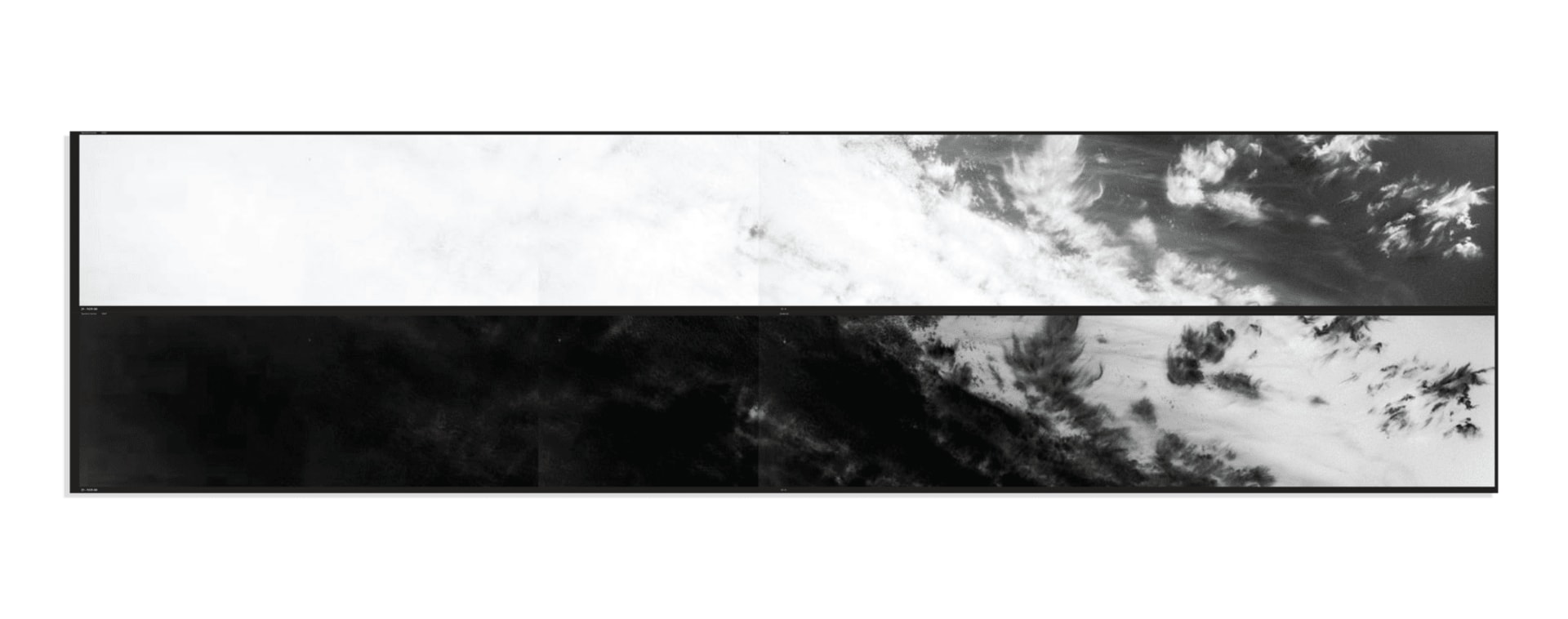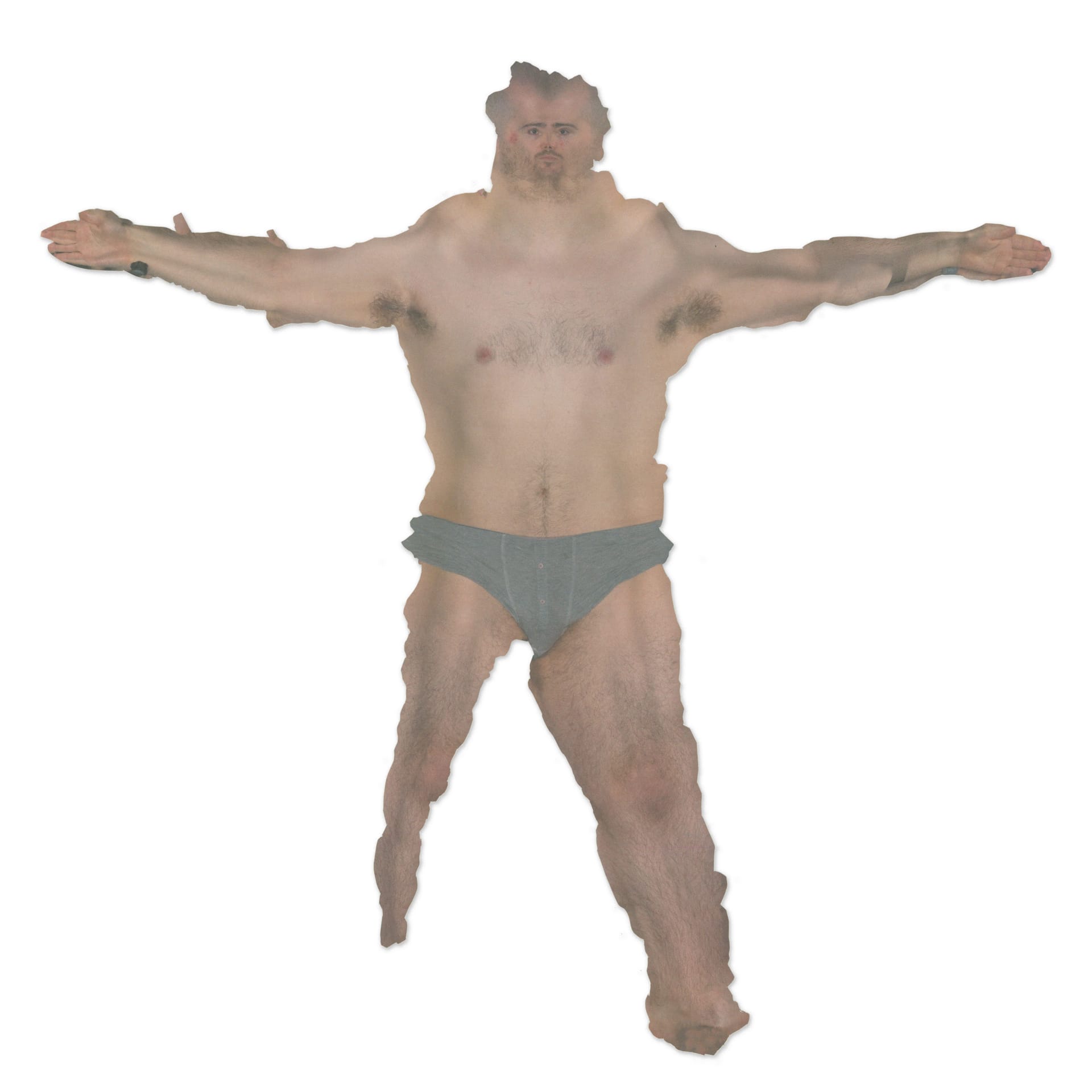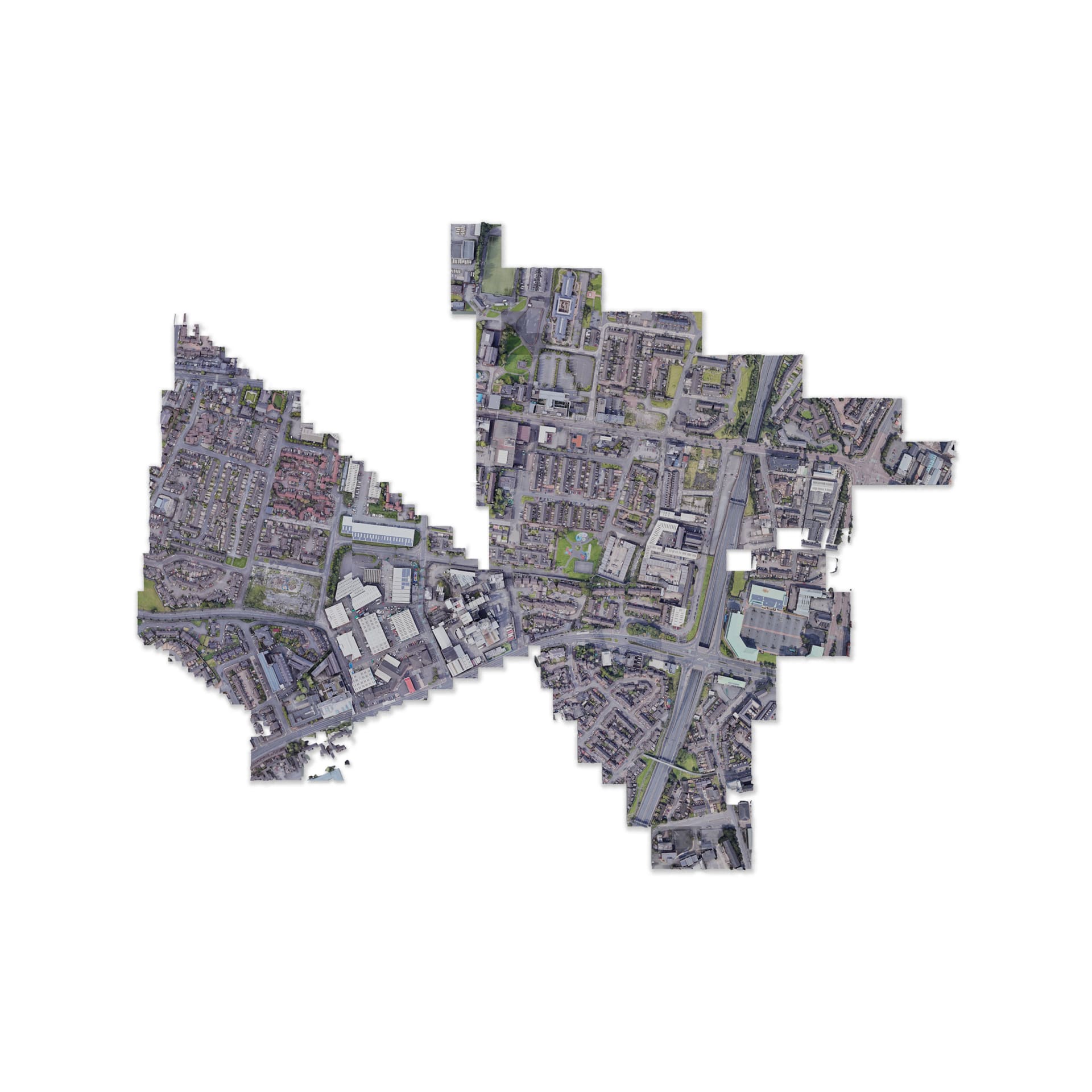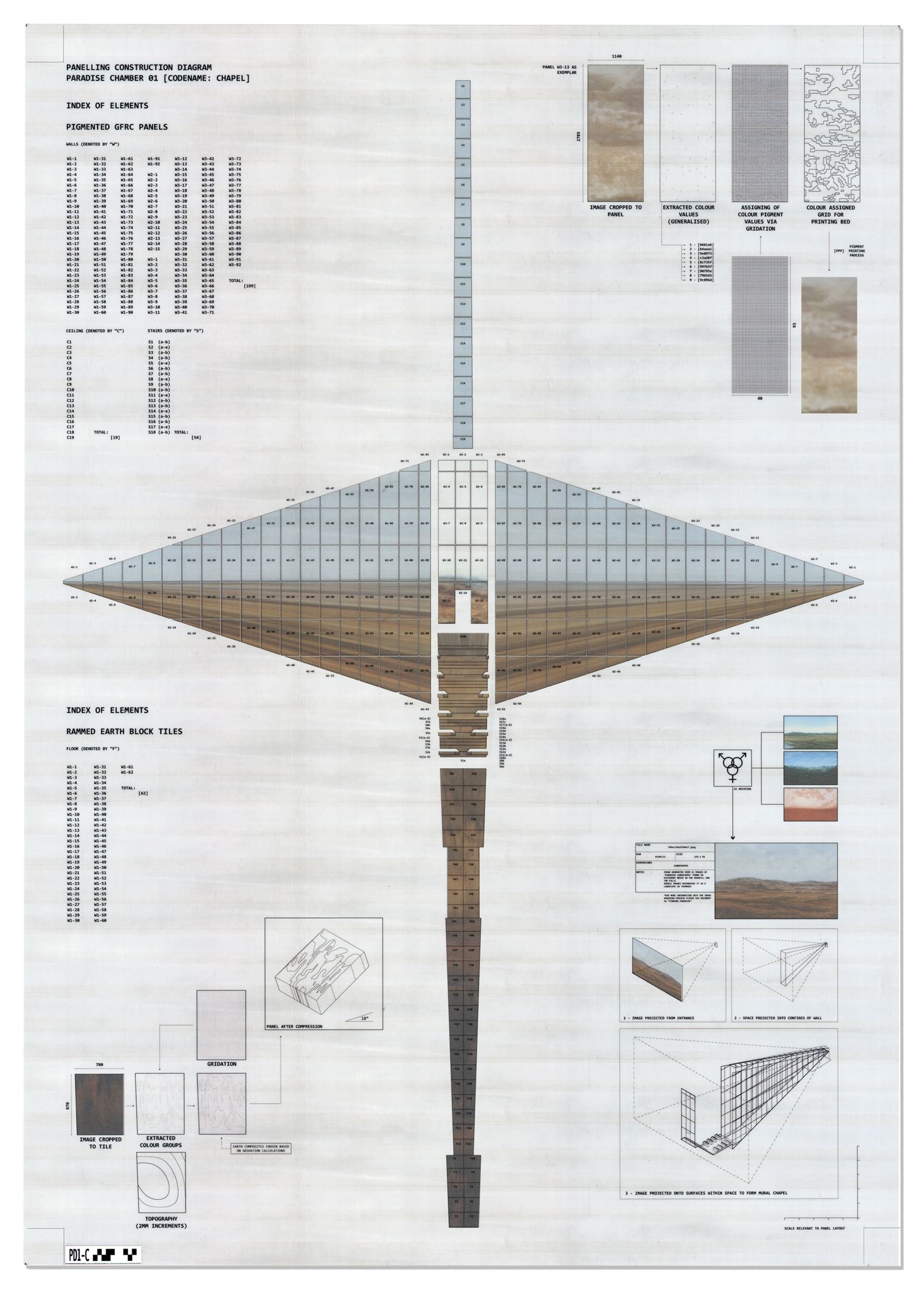Tom is a Welsh designer currently based in London. His work seeks to interrogate the relationships between self-identity, technology and architecture within environments of late-stage capitalism.
Within the RCA, Tom’s work has explored: the influence of the cowboy archetype and the digital frontier on contemporary masculine identity, the ethical dilemmas of digitised livestock within industries of agriculture and the role of memory, language and unconscious bias in our recollection of family histories.
Prior to the RCA, Tom graduated from Oxford Brookes University before going on to work in both Architecture offices and Architecture publication.




















